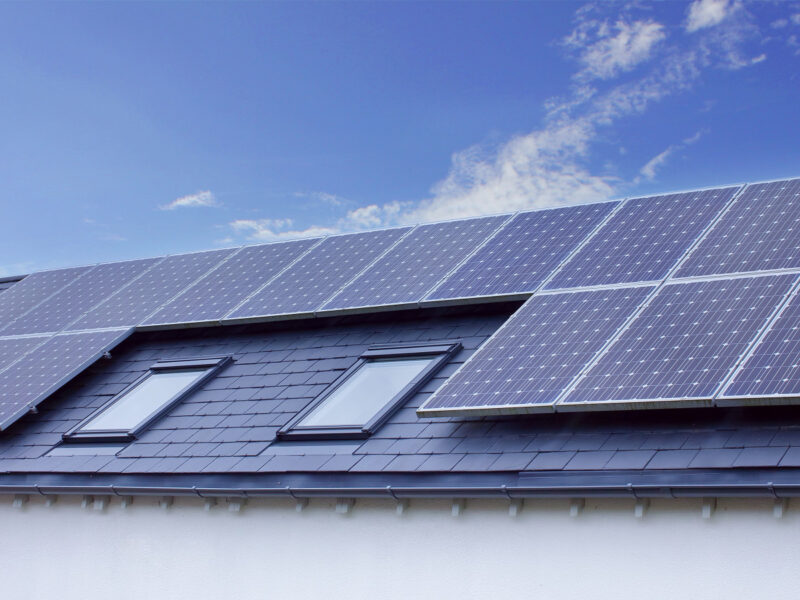One of the vital tasks that must be completed during the building phase of any home built with concrete, steel, and cement is waterproofing. It is done for waterproofing outside of the house to stop water from seeping in and causing harm to the inside. Both the method itself and the choice of waterproofing chemical are crucial. As an expert in this field, I have been waterproofing in Gurgaon for many years and there are few questions that people always ask me! It is important to understand the waterproofing and the process before hiring from a NoBroker waterproofing expert too. Some of the usual issues, like monsoon-related water seepage issues, water on the terrace, etc., are brought on by a lack of waterproofing, the use of subpar materials, or the absence of waterproof coatings. Here are a few waterproofing-related concepts you should be aware of to avoid such scenarios.
Table of Contents
What Is Waterproofing?
In layman’s terms, home waterproofing is making a building impervious to water or water-resistant so that it may continue to function normally and become more resistant to water under various circumstances. Structures can minimise damage from water exposure and reduce inside humidity through waterproofing. Experts claim that home waterproofing is essential for extending the structure’s life.
Compounds And Supplies for Waterproofing
Glue and grout
If a building has acquired cracks and is currently in use, this substance can be utilised to repair it. Both drilling holes into the surface and injecting the chemicals into the fissures are necessary. An impermeable barrier against water is made possible by forming a sealant.
Vinyl ester resin
These substances are applied on concrete surfaces to guard against acid and corrosion damage. To protect against moisture and water damage, the resin produces waterproof membranes.
Polyurethane
This substance is applied to exposed places, including roofs, to waterproof them. One of the most costly chemical waterproofing techniques now on the market is this one.
Polyurea
Polyurea is regarded as one of the toughest and most adaptable protective coatings. It is renowned for being water-resistant, abrasion resistant, and extremely robust. Antibacterial properties are also seen in this substance.
Bituminous
Concrete foundations are best waterproofed with bituminous coatings for waterproofing the side of the house, sometimes referred to as asphalt coatings. Its waterproofing depends on the polymer and any fibre added to the chemicals.
Acrylic plastic
The home waterproofing element used for concrete construction has one of the most prevalent and best properties. This chemical waterproofing solution is applied to terrace waterproofing and to stop leaks on walls. Additionally, only specialists and highly qualified individuals use this sort of waterproofing. The last stage usually involves mixing this substance with cement to fix the fissures.
The Benefits of Home Waterproofing
Making your construction watertight has several advantages and advantages:
- Your walls will not absorb unwelcome moisture thanks to waterproofing.
- A house’s structural integrity is protected by applying waterproofing chemicals, which stop seepage-related damage.
- Metals can rust through moisture and water seepage, while wood can rot. Such damages are preventable using waterproofing techniques.
- The market value of your home increases because foundation waterproofing keeps the foundation from weakening; this justifies house waterproofing costs.
Conventional Methods of Waterproofing
Mud Phuska
In hot, dry areas, including in states with light rainfall, mud phuska is a prevalent basement floor waterproofing technique. Additionally, it serves as thermal insulation to keep the inside at a generally agreeable temperature.
Bat Brick Coba
Another form of waterproofing that provides a slope to the terrace to drain the water stored there is brick bat coba. Before applying Brick Bat Coba, the terrace surface must be cleaned of any extraneous elements, including any old waterproofing products.
Lime Surki Approach
This approach has been used from the beginning of time for waterproofing house exteriors. However, because lime concrete breaks with large temperature fluctuations, this treatment is best effective in areas with lower temperature variance.
Bitumen Felt
The most often used material for waterproofing on new roofs is tar felt made from hessian. Hessian is used in these felts as a bitumen and bituminous compound barrier medium. Bitumen felt comes in various weight ranges, or grades, according to its minimum density.
Wrapping Up
So this is all you need to know about waterproofing. If you are looking for waterproofing in Gurgaon, visit NoBroker.in right away and book a free inspection and consultation with our cleaning and waterproofing experts today!



